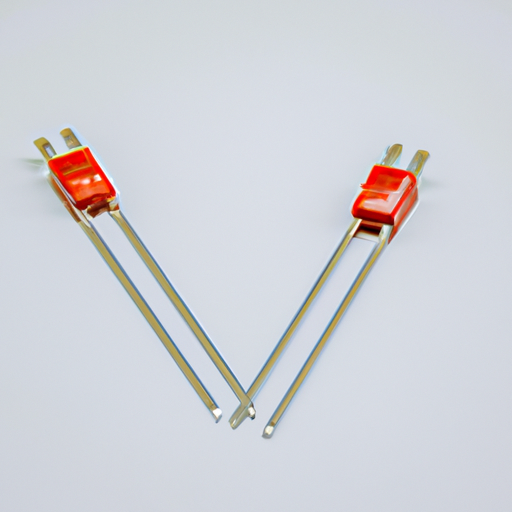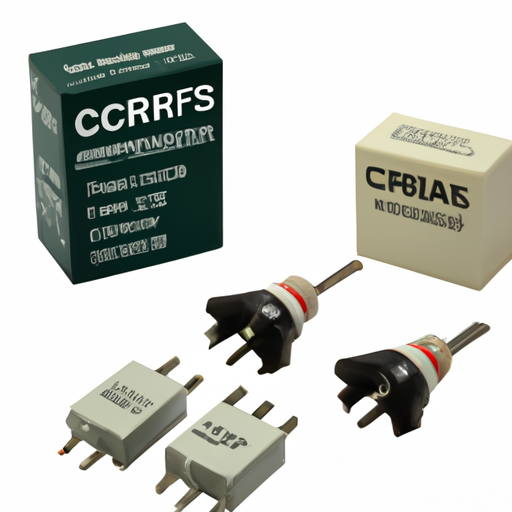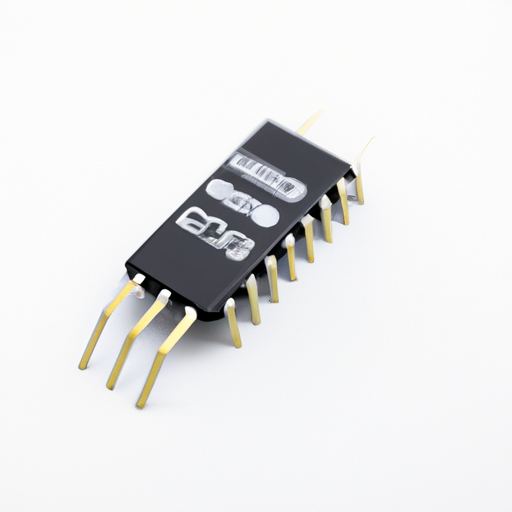Precautions for Training Inductive Resistors
I. Introduction
Inductive resistors, commonly referred to as inductors, are essential components in electrical circuits that store energy in a magnetic field when electrical current flows through them. Understanding the principles and applications of inductive resistors is crucial for anyone involved in electrical engineering or related fields. However, training on these components requires careful consideration of safety and best practices. This article aims to outline the necessary precautions for training inductive resistors, ensuring that participants are well-prepared and safe while gaining valuable knowledge and skills.
II. Understanding Inductive Resistors
A. Explanation of Inductive Resistance
Inductive resistance refers to the opposition that an inductor presents to the change in current. Unlike resistive components that dissipate energy as heat, inductors store energy in a magnetic field. This property is governed by Faraday's law of electromagnetic induction, which states that a change in magnetic flux can induce an electromotive force (EMF) in a circuit. Understanding these principles is fundamental for anyone working with inductive components.
B. Types of Inductive Resistors
Inductive resistors come in various forms, primarily categorized into fixed and variable inductors. Fixed inductors have a set inductance value, making them suitable for specific applications, such as filtering and energy storage. Variable inductors, on the other hand, allow for adjustments in inductance, providing flexibility in circuit design. Both types play critical roles in various industries, including telecommunications, automotive, and power electronics.
C. Applications of Inductive Resistors in Various Industries
Inductive resistors are utilized in numerous applications, from power supply circuits to radio frequency (RF) applications. They are integral in smoothing out voltage fluctuations, filtering signals, and managing energy storage in power systems. Understanding these applications is vital for trainees, as it provides context for the importance of proper handling and training.
III. Safety Precautions
A. Personal Protective Equipment (PPE)
Safety should always be the top priority when training with inductive resistors. Personal Protective Equipment (PPE) is essential to protect trainees from potential hazards. Recommended PPE includes safety goggles, gloves, and insulated tools. The importance of PPE cannot be overstated, as it serves as the first line of defense against electrical shocks and other injuries.
B. Electrical Safety
Understanding voltage and current ratings is crucial for anyone working with inductive resistors. Trainees must be educated on the specifications of the components they are handling, including their maximum voltage and current ratings. Additionally, proper grounding and insulation techniques should be emphasized to prevent electrical accidents. Grounding provides a safe path for excess current, while insulation protects against accidental contact with live wires.
C. Fire and Explosion Hazards
Inductive components can pose fire and explosion risks if not handled correctly. Identifying potential hazards, such as overheating or short circuits, is essential. Trainees should be trained in fire safety measures, including the use of fire extinguishers and emergency evacuation procedures. Having a clear understanding of these risks and the appropriate safety measures can significantly reduce the likelihood of accidents.
IV. Training Environment
A. Importance of a Controlled Training Environment
A controlled training environment is vital for effective learning and safety. This environment should be free from distractions and hazards, allowing trainees to focus on the task at hand. Proper organization of tools and materials can also enhance the training experience.
B. Equipment and Tools Required for Training
Having the right equipment and tools is essential for hands-on training with inductive resistors. This includes multimeters, oscilloscopes, and various inductors for practical exercises. Ensuring that all equipment is in good working condition is crucial for accurate measurements and safe operation.
C. Ensuring Proper Ventilation and Space
Proper ventilation is necessary, especially when working with components that may generate heat. Adequate space should also be provided to allow trainees to move freely and work comfortably. A cluttered or poorly ventilated environment can lead to accidents and hinder effective learning.
V. Training Procedures
A. Pre-training Assessments
Before training begins, it is essential to evaluate participants' existing knowledge and skills. This assessment helps trainers tailor the training program to meet the specific needs of the group. Setting clear training objectives ensures that all participants understand what they are expected to learn.
B. Step-by-step Training Process
A well-structured training process is crucial for effective learning. The training should begin with theoretical knowledge, covering the principles of inductive resistance, types of inductors, and their applications. Following the theoretical component, hands-on practice should be incorporated, allowing trainees to apply what they have learned in a controlled environment.
C. Importance of Supervision and Mentorship
Supervision and mentorship play a critical role in the training process. Experienced trainers should oversee hands-on activities, providing guidance and support to trainees. This mentorship fosters a safe learning environment and encourages participants to ask questions and seek clarification.
VI. Common Mistakes and How to Avoid Them
A. Overlooking Safety Protocols
One of the most common mistakes in training inductive resistors is overlooking safety protocols. Trainees must be reminded consistently of the importance of following safety guidelines to prevent accidents. Regular safety briefings can help reinforce these protocols.
B. Misunderstanding Inductive Properties
Misunderstanding the properties of inductors can lead to improper usage and potential hazards. Trainers should ensure that participants have a solid grasp of inductive principles before engaging in hands-on activities. This understanding is crucial for safe and effective operation.
C. Inadequate Hands-on Practice
Inadequate hands-on practice can hinder the learning process. Trainees should have ample opportunities to work with inductive resistors, allowing them to gain confidence and competence. Balancing theoretical knowledge with practical experience is key to successful training.
VII. Post-Training Evaluation
A. Assessing Participant Understanding and Skills
After training, it is essential to assess participants' understanding and skills. This evaluation can take the form of written tests, practical demonstrations, or group discussions. Assessments help identify areas where further training may be needed.
B. Importance of Feedback and Continuous Improvement
Feedback from participants is invaluable for improving future training sessions. Trainers should encourage open communication and gather insights on what worked well and what could be improved. Continuous improvement ensures that training programs remain effective and relevant.
C. Documentation and Certification
Proper documentation of training sessions is essential for accountability and record-keeping. Providing participants with certificates upon successful completion of the training can also serve as a motivational tool and a formal recognition of their skills.
VIII. Conclusion
In conclusion, training inductive resistors requires careful attention to safety and best practices. By understanding the principles of inductive resistance, implementing safety precautions, and fostering a controlled training environment, trainers can ensure that participants gain valuable knowledge and skills while minimizing risks. Ongoing education and adherence to safety practices are essential for anyone working with inductive components, as they play a vital role in technology and industry. As the field of electrical engineering continues to evolve, staying informed and prepared will empower individuals to contribute effectively and safely to their respective fields.
IX. References
A. Suggested readings and resources for further learning include textbooks on electrical engineering, industry publications, and online courses focused on inductive components and safety practices.
B. Relevant industry standards and guidelines, such as those from the Institute of Electrical and Electronics Engineers (IEEE) and the National Fire Protection Association (NFPA), should be consulted to ensure compliance with safety regulations and best practices.













